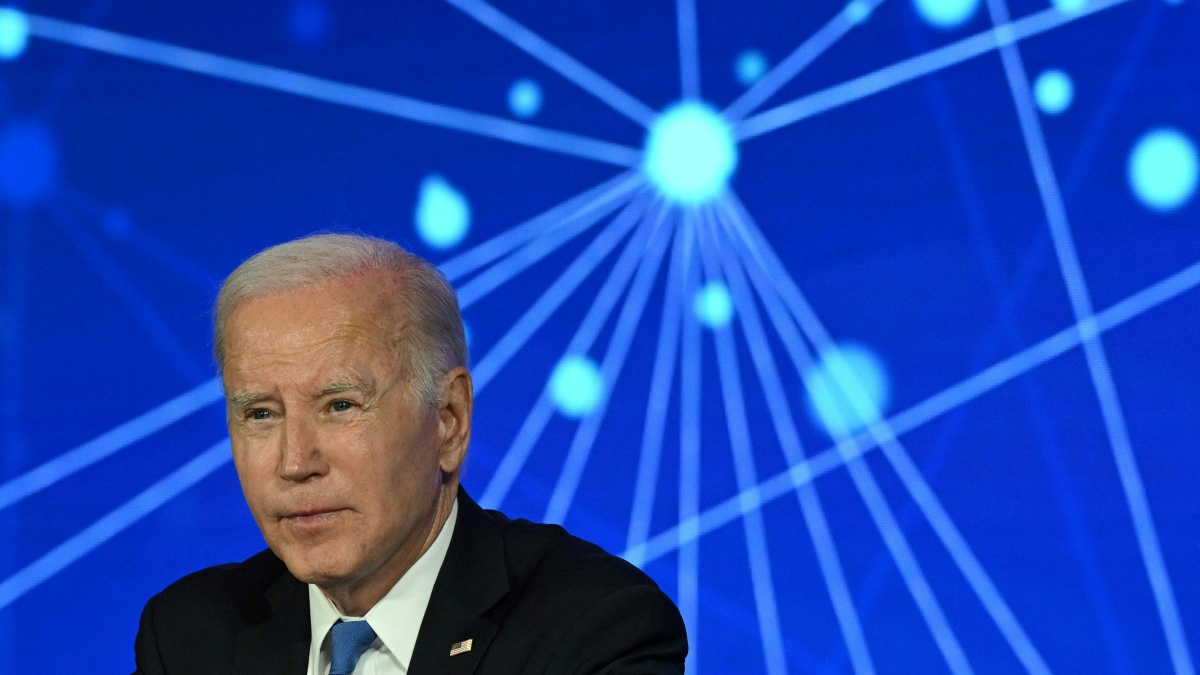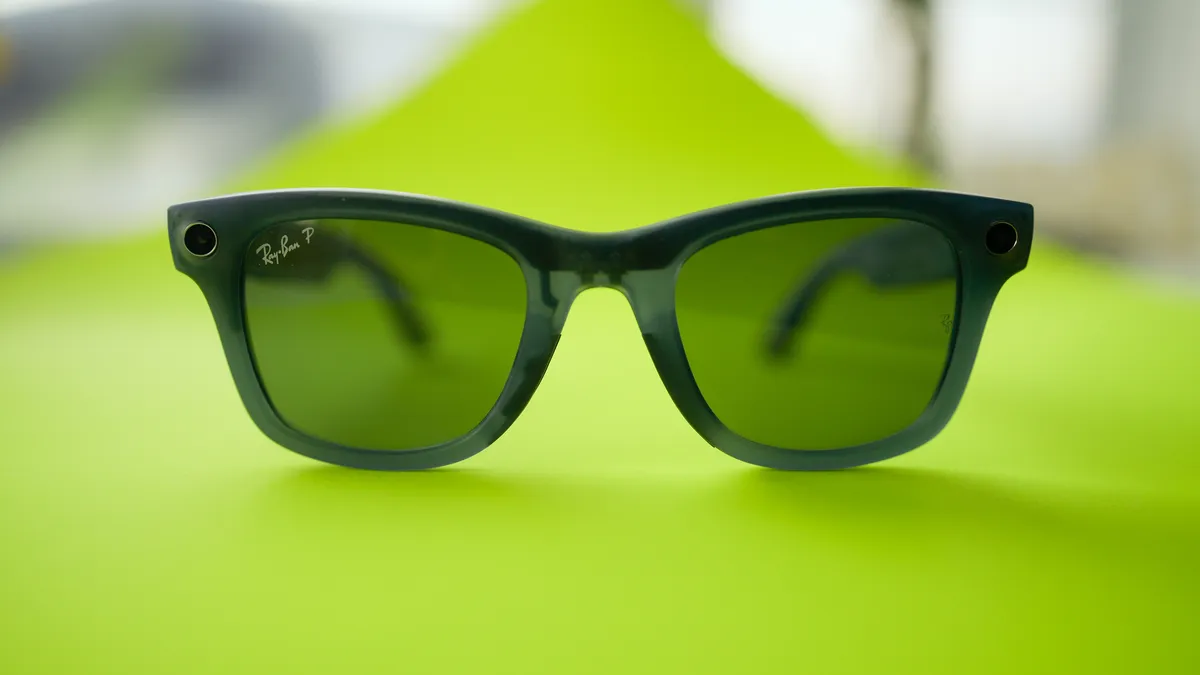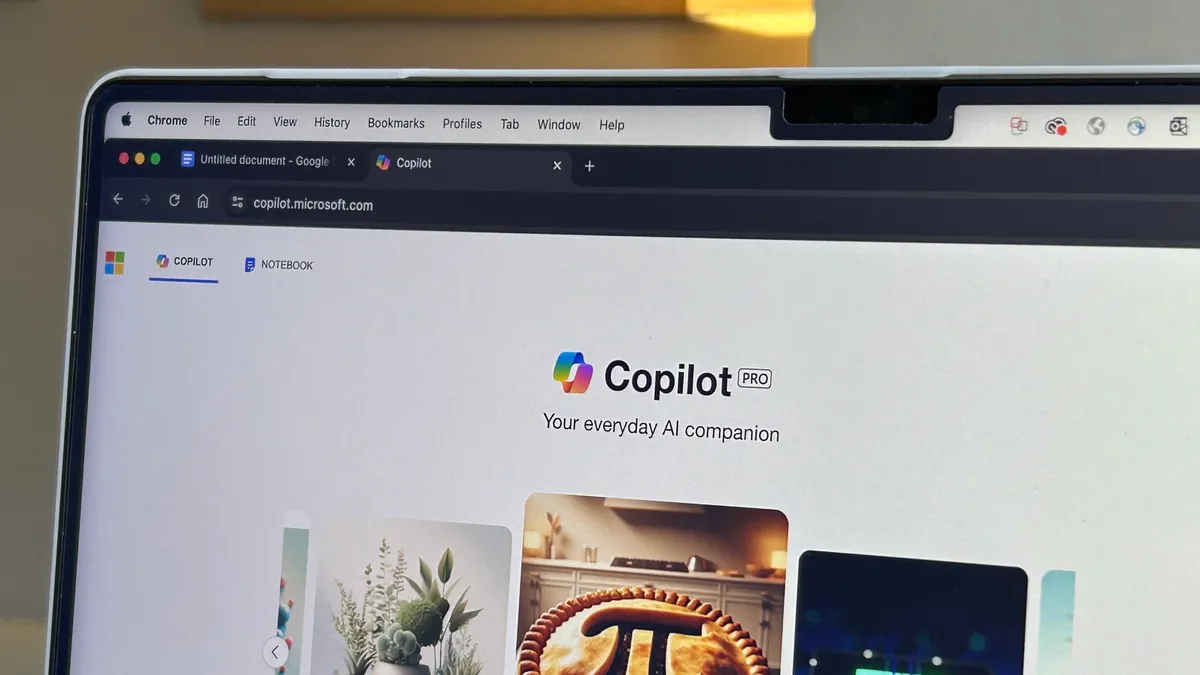Художники и искусственный интеллект должны ли они получать вознаграждение за свою работу?
Во время мероприятия SXSW вице-президент потребительских продуктов OpenAI Питер Денг отказался комментировать, должны ли художники получать вознаграждение за использование их работ для обучения моделей GenAI.
“`html
OpenAI VP stays mum on paying artists for training data | ENBLE
🎨💸🤖
Artificial intelligence (AI) has unleashed a whole new realm of possibilities for creativity. AI models like ChatGPT and DALL-E 3 are capable of generating art and illustrations, captivating audiences worldwide. But here’s the big question: should the artists whose work was used to train these AI systems be compensated for their contributions? OpenAI, the creator of ChatGPT, seems to be dancing around this tricky issue.
During a fireside chat at SXSW, Peter Deng, VP of consumer product at OpenAI, was asked about compensating artists. His response? Cue awkward silence. Deng artfully dodged the question, acknowledging the murmurs of approval from the audience without giving a concrete answer. Perhaps he was aware of the legal tightrope OpenAI is walking on.
See, the thing is, OpenAI and other generative AI vendors train their models using massive datasets that include copyrighted works sourced from public sites and datasets around the web. They argue that this practice falls under “fair use” – the idea that copyrighted material can be used to create something new, as long as it’s transformative. In their defense, they claim that scraping public data without compensating or crediting artists is protected by fair use.
- ЧатГПТ против Языков программирования Схватка навыков написания кода.
- Жители Сан-Франциско одобрили Предложение E о расширении инструмент...
- Фейковые рекламы с Дженной Ортегой были показаны на платформах Meta...
Unsurprisingly, creators aren’t thrilled about this notion. Artists like Grzegorz Rutkowski, known for his work on Dungeons & Dragons and Magic: The Gathering, have filed a class-action lawsuit against OpenAI and other vendors. They argue that these AI tools, such as DALL-E 3 and Midjourney, reproduce their artistic styles without their explicit permission, allowing users to generate derivative works without paying the original artists.
OpenAI does have licensing agreements with some content providers, like Shutterstock, and even offers webmasters the option to block their web crawler from scraping their sites. They also provide an “opt-out” tool for artists to have their work removed from the training datasets. However, some artists consider the opt-out process to be burdensome, as it requires them to submit individual copies of each image for removal.
Peter Deng acknowledged the need for artists to have more control and agency in the creation and use of generative AI tools. He believes that if the process of creating art could be accelerated, it could benefit the industry as a whole. After all, every artist draws inspiration from those who came before them, and AI has the potential to accelerate this creative flywheel.
While Deng’s sentiments are a step in the right direction, the question of how artists should be compensated in this new AI-driven landscape remains unanswered. A balance must be struck to ensure that artists are recognized, respected, and fairly remunerated for their invaluable contributions.
Q&A: What Will Artists’ Compensation Look Like in the Age of AI?
Q: Is it legal for AI models to use copyrighted material without compensating artists? A: The legality of using copyrighted material without compensation in AI training falls under the doctrine of fair use. However, this issue is currently being challenged in court, with artists claiming that AI models replicate their work without permission and enable users to create new works without paying the original creators.
Q: Can artists opt out of having their work used for AI training? A: Yes, OpenAI provides an opt-out tool for artists who want their work removed from the training datasets. However, some artists argue that the process is burdensome, as it requires them to submit individual copies of their work along with descriptions.
Q: What can be done to ensure artists are fairly compensated in the AI landscape? A: The AI industry needs to find a way to give artists more agency and control over the use of their work. This could involve establishing licensing agreements, providing compensation frameworks, or exploring alternative methods of collaboration between artists and AI systems.
The Future of Artists and AI: Finding a Harmonious Balance
Artists have always been inspired by those who came before them. The likes of Picasso drew inspiration from African masks, and Banksy built upon the legacy of street art. AI has the potential to accelerate this creative cycle, but not at the cost of undervaluing artists’ contributions.
As AI continues to evolve, it’s crucial to strike a balance that respects the rights and livelihoods of artists while fueling innovation. This delicate juggling act requires collaboration between artists, AI developers, and legal experts to establish fair compensation models and frameworks that uphold creativity, ethical practices, and the legacy of artistic inspiration.
“““html
Давайте гарантировать, что художники, формирующие наш мир, получают признание и компенсацию, которую #заслуживают! 🎨💪🤝
📚 Ссылки по теме:
- OpenAI Releases ChatGPT Data Leak Patch
- DALL-E 3: ChatGPT’s Art-Creating Tool
- OpenAI’s Blog Post on Training AI Models
- Grzegorz Rutkowski: Artist Involved in Lawsuit
- Shutterstock: Licensing Partner of OpenAI
🎉 Наслаждались ли вы этой статьей? Поделитесь своими мыслями и присоединяйтесь к разговору в социальных сетях! 📢✨
#artists #ai #copyright #innovation #compensation #creativity #future
“`






